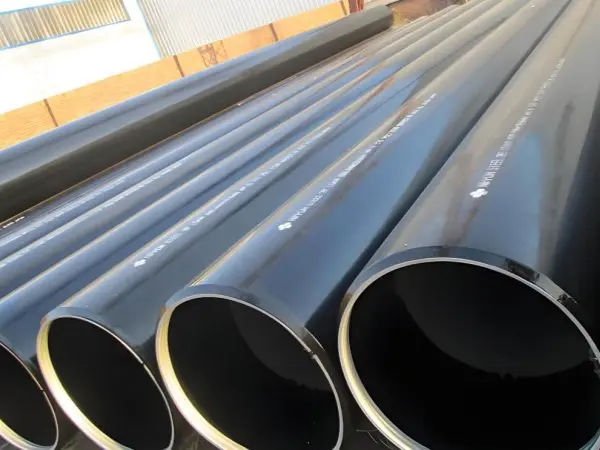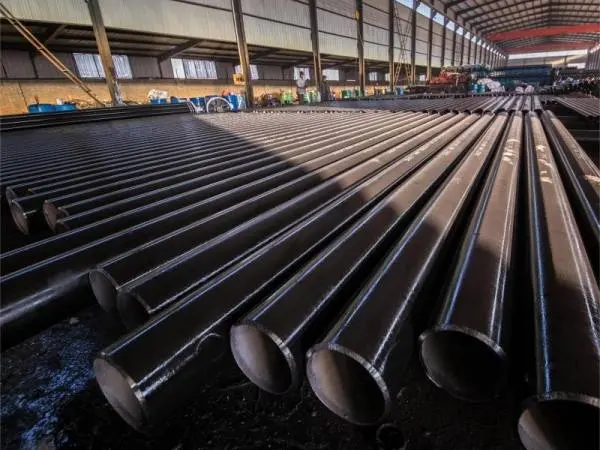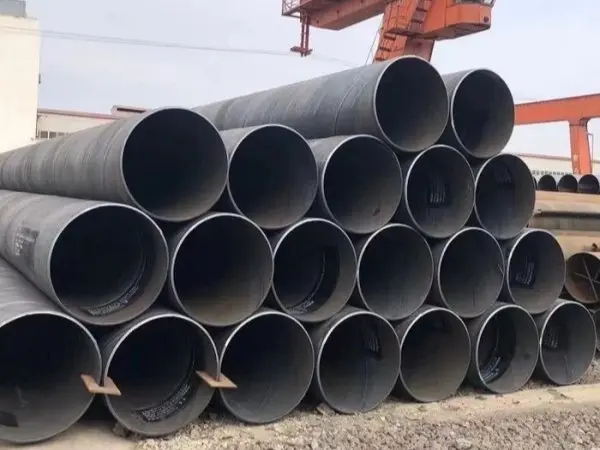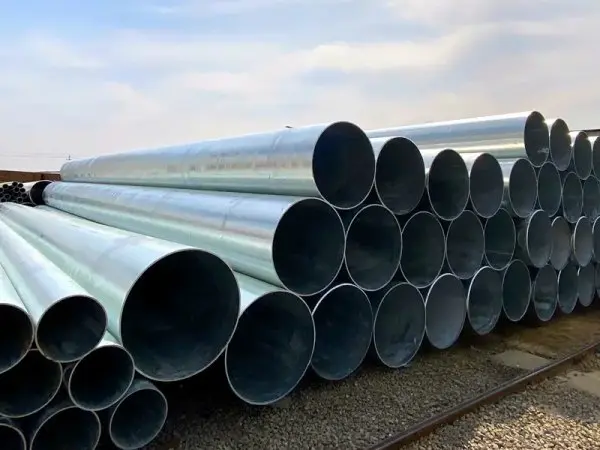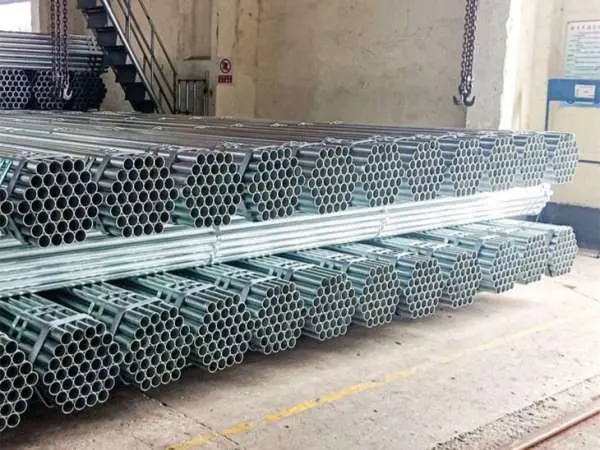- Phone0086 731 8564 8255
- E-mailsales@cscsteel-manufacturing.com
-

Welded steel pipes are characterized by seams along their surface, produced by bending steel plates or strips into round, square, or other shapes and then welding them. The raw materials typically used are steel plates or strip steel.
With the continuous advancement of high-quality strip steel rolling technology, along with improvements in welding and inspection techniques, the overall quality and performance of welded steel pipes have significantly improved. These developments have expanded the variety and specifications available, leading to the gradual replacement of seamless steel pipes in numerous applications. Compared to seamless pipes, welded pipes offer the advantages of lower cost and higher production efficiency.
So, what should be taken into consideration during the installation of welded steel pipes? Below are the key aspects.
Continental Steel Co., Ltd is professional welded steel pipes manufacturer, for more details, please contact:sales@cscsteel-manufacturing.com
1. Pipeline Cleaning
Before installation, thoroughly clean the interior and exterior of the pipeline to remove oil, rust, debris, and other contaminants. This ensures high-quality welding and connection performance while preventing impurities from compromising the fluid medium.
2. Material Inspection
Ensure that all pipes and fittings meet the design specifications in terms of material, dimensions, and wall thickness. All connection points should be properly standardized and verified before welding.
3. Welding Process Selection
A suitable Welding Procedure Specification (WPS) should be developed based on the pipe material (e.g., carbon steel, stainless steel, alloy steel).
For instance, Q235B commonly uses E4315 electrodes, while 304 stainless steel typically uses A102.
Carbon steel welding may require ER70S-2 wire or E7018 electrodes.
Proper matching of base and filler materials is essential to avoid cracks and ensure welding integrity.
The selected welding process must align with the material characteristics and meet strength and sealing requirements.
4. Bevel Preparation
Bevel angles must be accurate, and the surface should be clean and smooth. Pipe ends should be chamfered at an angle of approximately 15°–30° to facilitate socket fit and ensure full fusion during welding. Damaged or non-standard pipe ends should not be welded directly.
5. Threaded Connections
For threaded joints, machining accuracy must be maintained. Sealing materials, such as PTFE tape or thread sealant, should be applied to prevent leakage.
6. Slope Requirements
Pay attention to slope design, especially for water supply and drainage pipelines. Proper inclination helps with fluid drainage and gas venting, preventing stagnation and ensuring reliable operation.
7. Penetrations and Sleeves
Where pipelines pass through floors or walls, sleeves must be installed. The sleeve diameter should be appropriate, and waterproof/fireproof sealing must be applied.
8. Bracket Installation for Large/Long Pipelines
For large-diameter or long-distance runs, install both fixed and sliding supports:
Fixed brackets: Limit displacement.
Sliding brackets: Allow thermal expansion or contraction, reducing stress and preventing damage.
9. Environmental Considerations
If the ambient temperature is below -5℃, carbon steel welding should be preheated to 100–150℃.
Welding should be avoided when humidity exceeds 90% or during rain, snow, or strong winds (over 8 m/s).
Build temporary shelters to maintain a stable welding environment.
10. Post-Weld Treatment
Stress-relief heat treatment should be performed at 600±20℃ followed by slow cooling. Weld surfaces should be ground smooth and excess slag and spatter removed to prevent future corrosion.
11. Quality Inspection
- Non-Destructive Testing (NDT):
Radiographic Testing (RT): Minimum Level II
Ultrasonic Testing (UT): Minimum Level I
Spot check ratios (for industrial pipelines):
GC1 level: 100%
GC2 level: 20%
- Pressure Testing:
Hydraulic: 1.5× design pressure (≥0.6 MPa)
Air: 1.15× design pressure, applied incrementally (each step 10%)
Special Application Conditions
- Low-Temperature Pipelines
For environments below -29℃, Charpy impact testing is required (e.g., ASTM A333 Gr.6).
- Corrosive Media Pipelines
For pipelines exposed to acidic media, the weld hardness must be ≤22 HRC, per NACE MR0175 standards. Welding Procedure Qualification (PQR) is strongly recommended. Maintain detailed records such as drying logs for welding rods (e.g., J427 at 350℃ for 1 hour), interpass temperature logs, etc.
For special materials like API 5L pipeline steel, ensure CTOD (Crack Tip Opening Displacement) fracture toughness requirements are also met.
